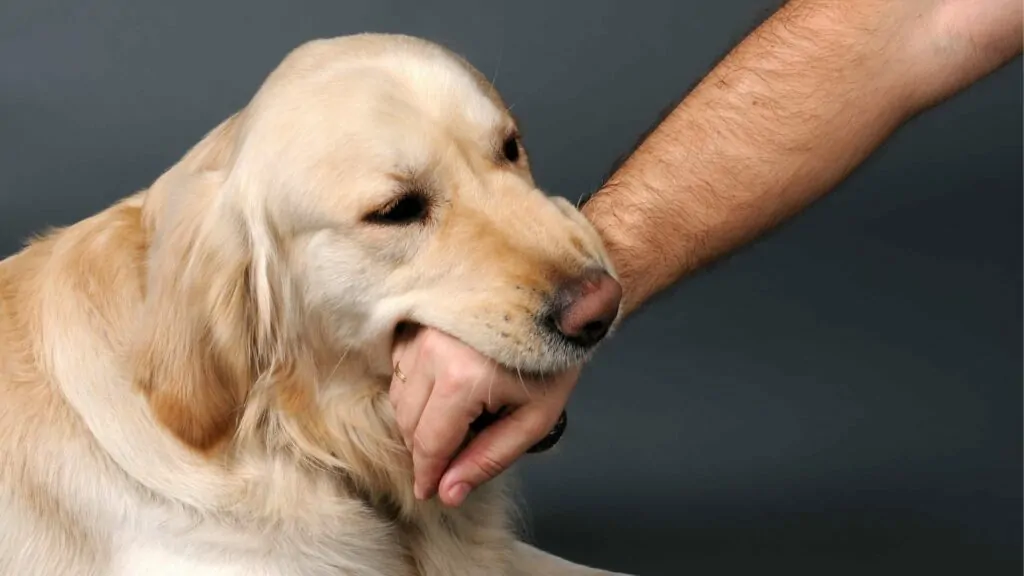Dog bites may be a critical problem in workplaces wherein employees engage with puppies, whether or not they are provider animals, remedy dogs, or pets delivered in via the body of workers. Effective employee canine chew prevention is critical for retaining safe and wholesome work surroundings. However, many organizations make mistakes that may undermine their efforts to prevent canine bites. Here’s a detailed observe ten common mistakes to avoid in employee dog bite prevention, at the side of sensible answers to make sure your place of business is safeguarded.
Essential Tips for Effective Employee Dog Bite Prevention
Lack of a Clear Policy
One of the most widespread mistakes groups make isn’t always having clear, written dog chew prevention coverage. Coverage gives guidelines for dog interactions, defines ideal conduct, and outlines tactics for managing incidents. Without coverage, employees won’t realize the right protocol for handling dog-associated conditions.
Solution: Develop a complete employee dog bite prevention policy that covers the scope of interactions with puppies, emergency techniques, and reporting mechanisms. Ensure that the policy is communicated to all employees and is effortlessly available.
Inadequate Training
Training is important for preventing dog bites. Many businesses forget about the importance of thorough schooling on canine behaviour, bite prevention techniques, and emergency reactions. Inadequate schooling can leave employees unprepared to handle doubtlessly risky situations.
Solution: Implement normal education packages that cover dog conduct, symptoms of aggression, secure handling practices, and primary aid for canine bites. Use real-life situations and position-playing physical games to make sure those employees are well-prepared.
Ignoring Dog Behavior Indicators
Understanding dog behaviour is important for preventing bites. Many employees may not apprehend the subtle signs of a dog’s soreness or aggression, leading to preventable incidents. Ignoring those behavioural cues can position employees at threat.
Solution: Educate personnel on common canine conduct indicators consisting of growling, baring teeth, and frame stiffness. Provide sources and schooling on a way to interpret those symptoms and reply accurately.
Not Assessing the Risk of Each Dog
Different puppies pose distinct dangers. Failing to evaluate the chance degree of every canine interacting with personnel can result in dangerous situations. For example, a canine with a record of aggression or a loss of socialization might be much more likely to chew.
Solution: Conduct thorough checks of dogs earlier than they are allowed into the administrative centre. This evaluation needs to consist of comparing the canine’s behaviour, health, and records. Consider enforcing a trial length to examine how the canine interacts with personnel.
Neglecting to Establish Boundaries
Clear barriers are vital to stopping dog bites. Employees need to apprehend where and how they can interact with puppies. Without clear guidelines, personnel can also inadvertently position themselves in danger by drawing close or interacting with dogs inappropriately.
Solution: Set and talk clean boundaries concerning canine interactions. Specify regions where dogs are allowed and prohibited, and establish rules for drawing close and handling puppies.
Failure to Provide Proper Supervision
Even properly-trained puppies can emerge as unpredictable in positive conditions. Lack of supervision when puppies are gifted can cause injuries, especially if the dog is harassed or beaten by using the surroundings.
Solution: Ensure that dogs are supervised at all times whilst in the place of work. Designate an accountable character or group to oversee canine interactions and screen the dog’s behaviour.
Ignoring Employee Feedback
Employees who engage with puppies on an ordinary foundation are precious sources of data approximately capacity risks and incidents. Ignoring their remarks can bring about neglected possibilities to cope with problems earlier than they boost.
Solution: Encourage open communication among employees and management concerning canine-related concerns. Create a machine for reporting incidents or observations and ensure that remarks are taken critically and acted upon.
Inadequate Incident Response Procedures
When a dog bite does arise, having insufficient or poorly described incident reaction strategies can exacerbate the situation. Employees need clean steerage on what to do right now following a chunk, in addition to how to report and report the incident.
Solution: Develop and put into effect a clear incident response manner. This has to include steps for immediate first resource, reporting the incident to control, documenting the incident, and seeking clinical interest if necessary. Ensure that employees are skilled in those techniques.
Overlooking the Importance of Veterinary Care
A dog’s health can substantially affect its conduct. Overlooking the importance of everyday veterinary care can result in health troubles that could increase the hazard of aggressive behaviour or bites.
Solution: Require that puppies inside the place of work have up-to-date vaccinations, ordinary take-a-look-at-ups, and are typically in true health. Ensure that dogs are well cared for and unfastened from any situations that could affect their conduct.
Not Reviewing and Updating Policies Regularly
Dog bite prevention is an ongoing manner that requires ordinary overview and updates. Failure to revisit and update guidelines and methods can result in old practices that do not cope with current risks or incorporate new understanding.
Solution: Regularly overview and update dog dite prevention policies and education applications. Stay knowledgeable approximately fine practices and changes in rules, and alter your policies for this reason. Periodically assess the effectiveness of your prevention techniques and make enhancements as wished.
Conclusion
Employee dog bite prevention within the place of a job calls for a proactive technique and interest in the element. By heading off these not-unusual errors and imposing powerful strategies, corporations can create safer surroundings for personnel and decrease the hazard of dog-associated incidents. A clear policy, thorough education, and ongoing evaluation are key components of a successful dog chunk prevention program. Prioritizing those aspects will help ensure that each employee and dog can coexist harmoniously and adequately in the administrative centre.




